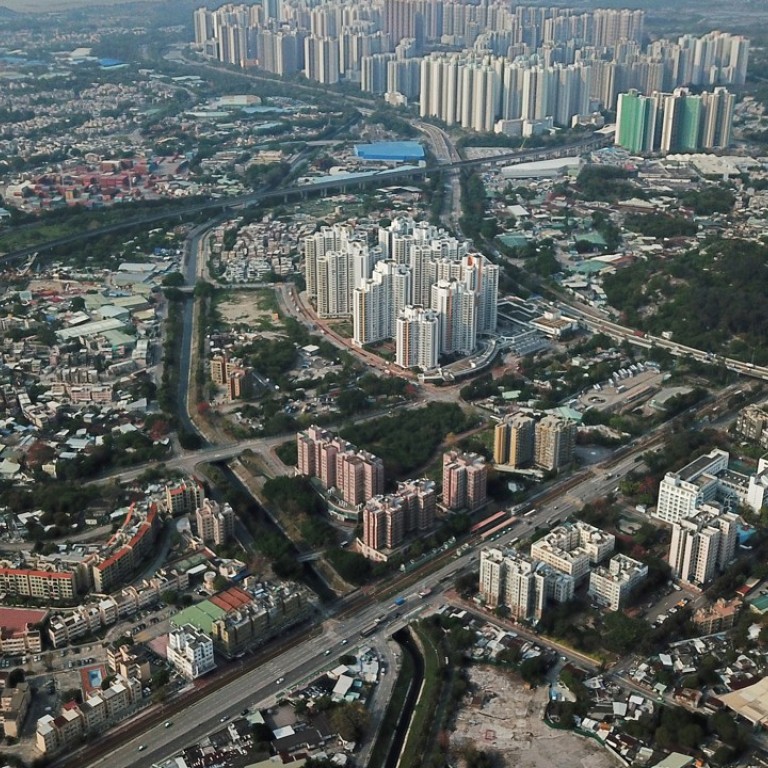
Letters to the Editor, March 25, 2018
Why not tax land sites left idle for years?
If imposing a tax on unoccupied flats (to discourage/penalise hoarding) is being considered, then surely it is logical to extend that taxation principle to include land sites left idle for years.
There are at least 1,300 hectares of brownfield sites in the New Territories that have been sitting idle for decades, that is, not available for redevelopment.
Given the trend of rising property prices, the owners of these sites are in no hurry to work/cooperate with the government to have their land rezoned for development. The later the development, the greater the capital gain from rise in land values.
If they were part of the land supply, hundreds of thousands of homes could be added to Hong Kong’s housing supply pipeline over the coming years.
Hong Kong’s taxation system is very much skewed in favour of property owners. No tax on capital gains and low profit tax rate make carrying costs – of keeping land idle – very low for owners of land and properties. For them, delays in development/sale facilitate maximisation of gains in the longer term. But for households who rent and homebuyers, such delays/withdrawal of supply drive up rents and home prices.
The taxing of idle flats thus opens up a much wider topic – how economic gains on properties, including land, should be taxed and how taxation policy can be used for land-supply management in a land-scarce, crowded city like Hong Kong. As rightly pointed out by your editorial, it takes political courage. Let’s hope the Hong Kong has the courage to promote this topic for wider public awareness and debate.
H.H. Fung, North Point
Home truths in Sino-America trade tussle
China insists that there would be no winners in a Sino-US trade war and the damage would spill over to the rest of the world.
So, as trade tensions between the two raise concerns in the global market, is war the only option?
Fierce trade frictions are unavoidable in the process of formulating new rules of the game. With dramatic changes in the global political landscape, the complementary trade relationship between China and the US has been transformed into a competitive one. And Trump’s trade protectionism also affects US allies.
However, under political pressure of many kinds, Trump looks likely to abandon economic gains in exchange for political interests. Which means China-US trade will face more difficulties.
Meng Xin, Kowloon
US is open for business, never mind Trump
The Trump administration seems intent to damage America’s diplomatic and trade relationships around the globe.
However, China should not mistake one man’s recklessness as an indication that American businesses share his belief.
In fact, from small, privately held businesses to large multinational companies, the United States is open for business.
Business has been – and now continues to be – critical to strong, healthy and enduring China-US relations. I vividly recall the wise counsel of Dr Yang Jiemian, president emeritus of the Shanghai Institute of International Studies: “The best way for peace is to do business.” Let us seek peace through business.
Benjamin J. Hayford, Texas
Controls go against idea of free port
Officials are reviewing two proposals for the port but have yet to decide on its size and location, and are concerned about likely unfettered trade and capital flows.
I think this kind of close monitoring is too harsh, if the port is to be a fully open market on a par with Hong Kong and Singapore.
For a free-trade port, “freedom” is the essence of its existence. If trade and capital flows are limited, the free-trade port will be undercutting its biggest advantage. How can it then attract investors and customers?
Improve supervision, do not impose trade controls.
Gao Neng, Mong Kok

